Branded potatoes from Gandzak
The Soviet-era, brown ‘ErAz’ car, loaded with potatoes, is familiar to the inhabitants of various districts of Yerevan. From late autumn till early spring, Vachik Hovhannisyan drives from house to house, from one courtyard to another, to sell potatoes grown with his own hands at a below-market price.
“I would drive into the courtyards, crying out: ‘Potatoes, potatoes… Genuine Gavar potatoes.’ And suddenly someone would tell me from the window: ‘The potato traders have just left our courtyard, go to another one.’ And I’m not lazy to drive to another courtyard, I do everything possible to sell off the entire crop, 63-year-old resident of Gandzak village, Gegharkunik province, says launching.

“If the market price for potatoes makes AMD 200 (about US$0,40) at that moment, I sell it for AMD150 (about US$0,30). It couldn’t be sold cheaper than AMD150, otherwise it won’t cover the expenses.
Hovhannisyan introduces his own estimates, his own cost analysis: even the potatoes have their prime cost; if you run the business well, you could yield 20 tons from a 0,5 hectare area. He himself gains 10 tons.
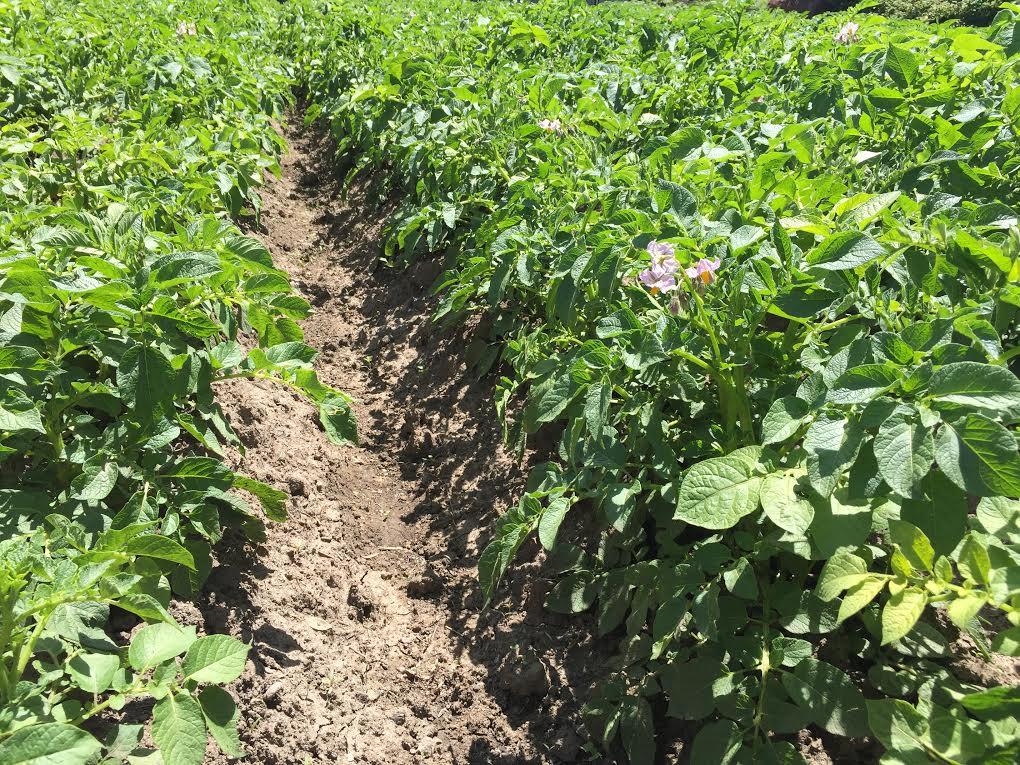
“People from Artashat and Armavir come here in autumn to exchange their vegetables for our potatoes. Almost all villagers exchange 1 ton of potatoes, and I do it too. And I sell 8 more tons for up to AMD 200. Then, the dealers resell it for AMD250. Let people come to our village, we will sell it for AMD200 to them, says Hovhannisyan.
About 230,000 tons of potatoes are annually produced by 42,000 rural and collective farms in Gegharkunik province, where the rate of population’s employment in the agriculture field is very high. Gandzak village annually produces about 5,000 tons of potatoes, including 3,000 tons for sale; 1,000 tons for a seed fund, and 1,000 tons for domestic consumption.
“Since industry no longer exists in the country, it is necessary to develop agriculture. It should become a driving force. If we build a factory right now and try to release products that could compete with Mercedes, we won’t achieve that even in 50 years. But within one cycle of agriculture production we can enter the international market with our milk, meat, honey, apricots, i.e. what is considered to be our brand, environmentally friendly products. Today, potatoes are our source of income, our domestic fruit, says Vanik Harutyunyan, the head of Gandzak village.
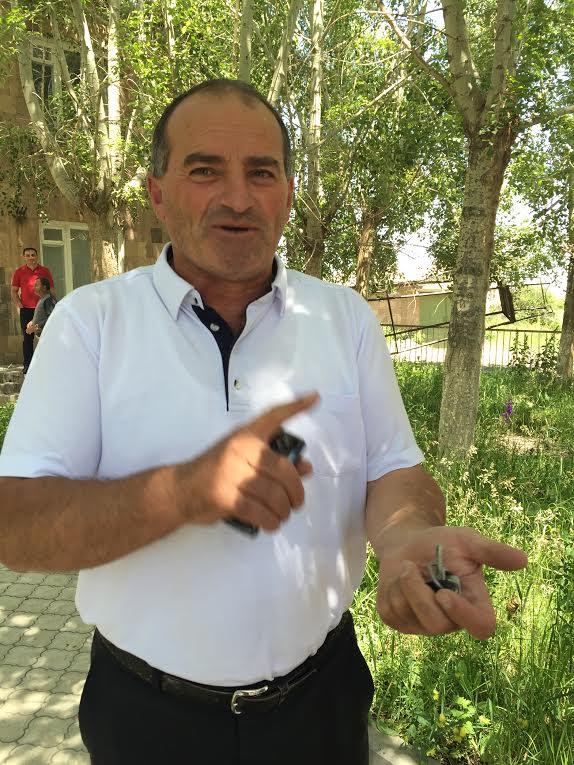
In his words, the potato producers’ union was set up in the village to develop ties for potato export abroad. A program for seed exchange with Javakhk / Javakheti has been implemented since last year.
‘One day we will have a registered brand – Gandzak or Gavar potatoes, so that no one could pass their potatoes off as ours. Whoever sells potatoes, he says it’s from Gavar. We will make potatoes our brand, says the village head.
However, many villagers complain: you could hardly provide for a family solely through potatoes. The most difficult thing is to sell it.
“Who relied on potato sale in Soviet times? All of us had jobs, there were plants producing condensers, cables and cotton knit. 6,000 people worked at the condenser plant alone. We received RUB250-300 and lived high. As the saying goes, the communism knocked on our door, but we didn’t open it. That’s about us. We couldn’t make the heads or tails of it. Thus, the village lives on potatoes now, says Anush Hovhannisyan, who had worked at a rural library for 41 years.
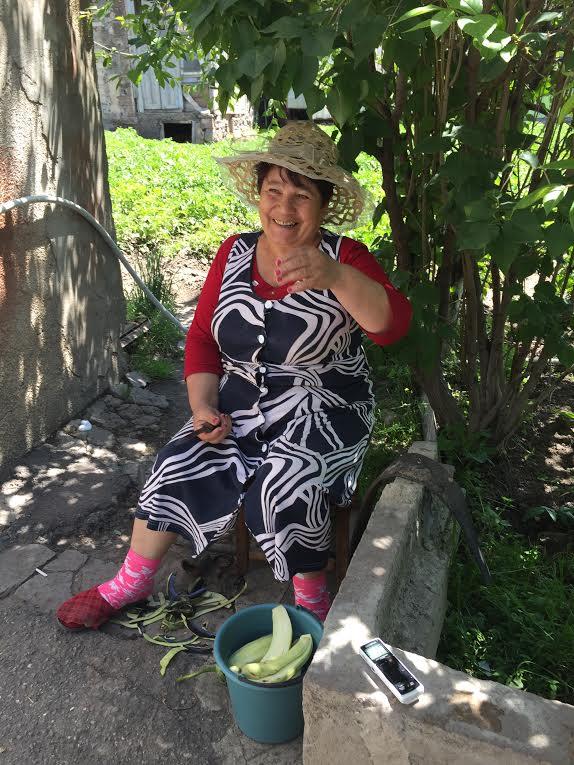
Only the elderly villagers gather in the village center. The youth, nearly 800 people, left the village to find jobs. The elderly discuss the economic situation in the country, the social problems that have befallen on them.
Lavrentiy Sirakanyan, former agronomist of Gandzak village, says that seven men from his family alone left for Russia to earn their living. He himself stayed in the village with his wife and two daughters:
“Only the residents of our village are mostly engaged in agriculture in this province. However, only agriculture is hardly enough to provide for the family. 14 plants were operating in our province earlier, whereas now people are left jobless. The locals are lucky at least because they have potatoes for winter, and also, it could be exchanged for cabbage, carrot and beet.”
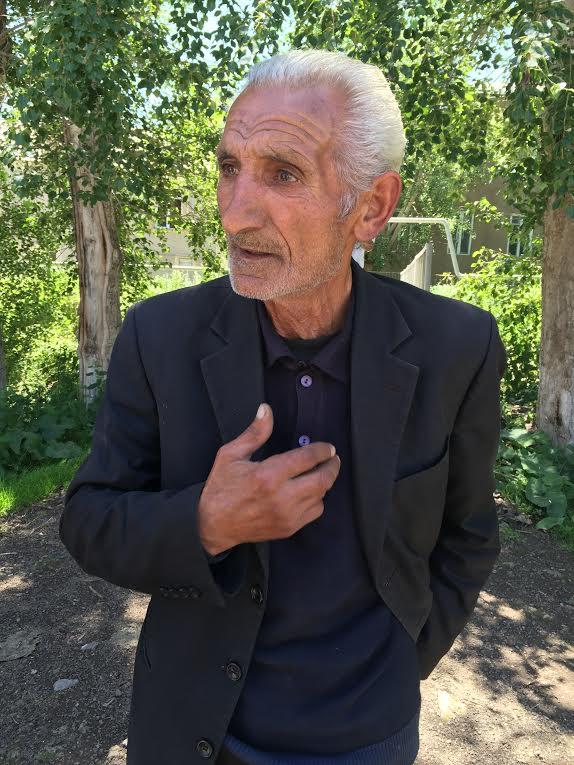
Nazik Antonyan, who had worked in the kindergarten for 25 years, said, her husband and she traveled to Chelyabinsk for two years, where they worked in a restaurant, mostly cooking barbeque meat.
“Of course, we earned a trifle, compared to the labor we spent and the suffering we went through, but we went there to earn at least something. Now they say: potato is our brand. But is there anyone, who doesn’t know that one can’t live on potatoes? Let’s say, my child wants an ice cream. Am I supposed to give him potatoes and send him to a shop?
There are families that have debts in a shop amounting up to AMD 400,000 (about US$850). So, why can’t they pay off their debts through potato sales? We sell it for AMD100-120, and in the city it is resold for AMD 250. Let’s say, we rent a car and take our potatoes to the market. But who will allow us sell it ourselves? All places are already occupied, complains Nazik.

Vanik Harutyunyan, the head of Gandzak village, also believes, potato sale is the biggest problem. Therefore, everything is done to help the villagers solve it:
“We work with the Georgians too. They come and take it from the village themselves. If the prices are suitable, potatoes from our village are taken to Iran and Iraq. Now we are trying to enter the foreign markets. It’s not an easy task, but we should work towards it. I am sure, we have no other alternative: our future lies with agriculture.
There is Sarukhan village, with the population of 9,270 people, located near Gandzak village. Over 2,000 people leave the village annually to earn their living elsewhere. Vahan Gevorkyan, the head of Sarukhan village, pointed at the buckwheat fields and said that the villagers would probably replace potatoes with buckwheat.
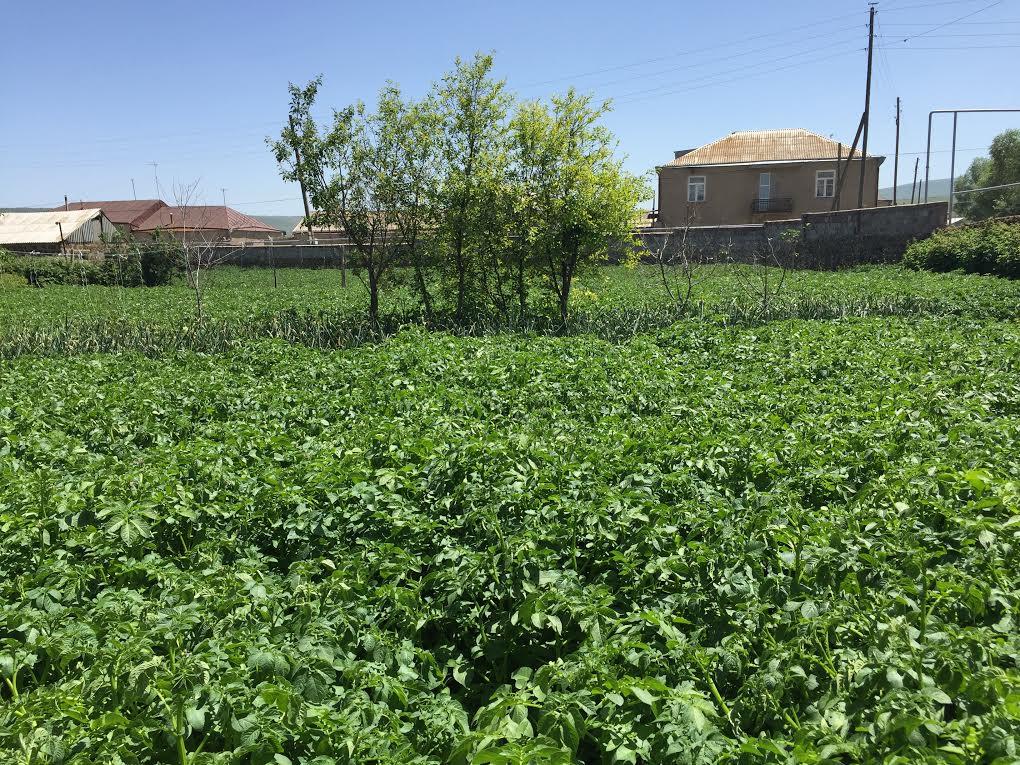
Seven villages in Gegharkunik province are included in the “European Neighborhood Program for Agriculture and Rural Development (ENPARD), through which buckwheat has been cultivated in five communities for the first time this year. A plant will be constructed in Tsovagyugh village to process and prepare buckwheat for sending it to the market. Cheese and herbal tea producing plants will be also built in Gegharkunik province as part of the program.
“The sales problem is being solved and that’s the most important thing for the villagers. We are already making cost estimates. If the margin of profit is high, then Sarukhan village will probably replace potatoes by buckwheat. Yet it would be great if the potato sales issue is settled, since the village produces up to 5,000 tons of potatoes that are sold in Georgia and at our domestic market, says the head of Sarukhan village.
According to the National Statistical Service of the Republic of Armenia, potato acreage in the republic made 34,077 ha. in 2016, which is by 771ha more than last year. 210,000 tons of potatoes were produced in the country as of September 5, 2016, which is by 40,000 tons more than in the same period of last year.
Published: 12.09.2016



















